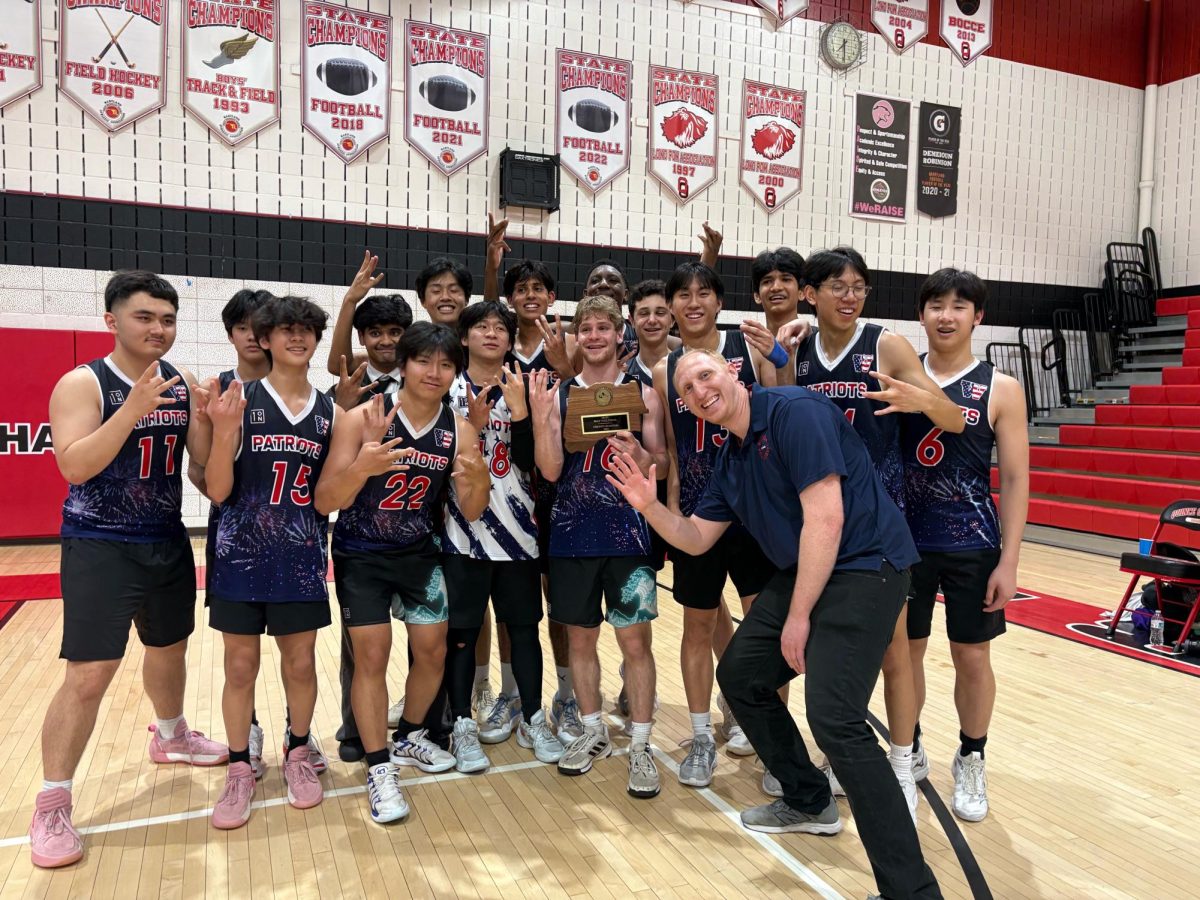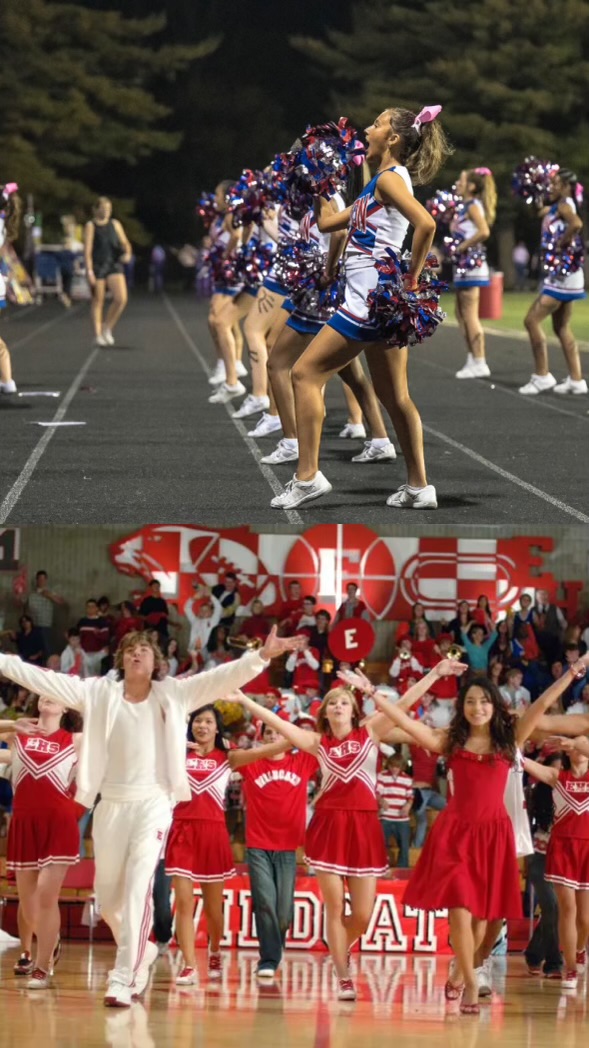Kristina Tsakos
arts editor
Walking into school psychologist Amy Cannava’s office, one can see the multi-colored lights strung up by the ceiling, the motivating messages fastened to the wall, and the inviting warm lighting of her room. beneath this decor, there is something even more dazzling: Hart the dog.
Hart, an Alaskan Husky mix, is a therapy dog here. Hart’s responsibility is to respond to distress exhibited by students by providing affection. Hart’s position is not to be confused with a service animal, whose tasks contrast with those of a therapy animal. Service animals are trained to assist individuals with disabilities by completing tasks that alleviate the difficulties that exist with certain physical or mental ailments. The handler of a service dog is usually the only one who can engage with it.
Therapy animals on the other hand, provide care to anyone in need alongside mental health providers. Aside from schools, places designated to healing others such as hospitals or rehabilitation clinics are locations therapy dogs go to most. Different from therapy or service dogs, emotional support animals do not need to undergo training to help their owner’s state of being.
Following her training during spring break, Hart came to school only once a week. Due to the abundance of positive reactions, she has begun to come far more frequently. Prior to being under the custody of Cannava, Hart worked as a service dog for five years and an emotional support animal for children with post-traumatic stress disorder. “Realizing that she has skill in recognizing anxiety and [that] she can de-escalate people, I started training her as a therapy dog,” Cannava said.
Cannava believes Hart was a service dog for an epileptic person and therefore learned how to lay on the ground to prevent head injuries induced by falling. Hart was given to Cannava from Animal Protection Services who rescued her from an abusive owner.
Aside from Hart’s ability to ease student stress, she serves as a unifying component in the school. Similar to a mascot that people can identify with, Hart is something unique that students can take pride in having at the school.
The vast majority of people at the school have welcomed her presence. Principal Kimberly Boldon and the administration supported Hart becoming a part of the school community upon witnessing the benefits she offers to such a high stress setting. “I’ve seen [Hart] on people’s social media and I’ve heard from a lot of people that she really helps them relieve stress,” senior Megan See said.
While there are no specific rules regarding one’s ability to visit Hart, it is important to be aware that her job is not to distract students from their roles but rather to improve their conditions. Hart is not here to play, but to help. Students are prohibited from bringing dogs, or any animal for that matter, to the building.
Hart can be seen sporting her red vest with her ID that is identical to that of a student’s in the counseling office and occasionally the halls. In October she will be retesting for the Canine Good Citizen Test, which entails challenges such as calmly navigating through crowds and refraining from engaging in distractions when assigned a task.
Following her retirement from service work, Hart was left without a purpose to call her own, and was exhibiting signs of depression. Now she can hardly wait to put on her vest each morning and face the day ahead: a day promising naps, treats and affection, according to Cannava.
While taking a hard test or scrambling to finish work for a challenging class, students can find comfort in knowing that somewhere in the building, there is a compassionate dog whose entire purpose is to make them happy.







